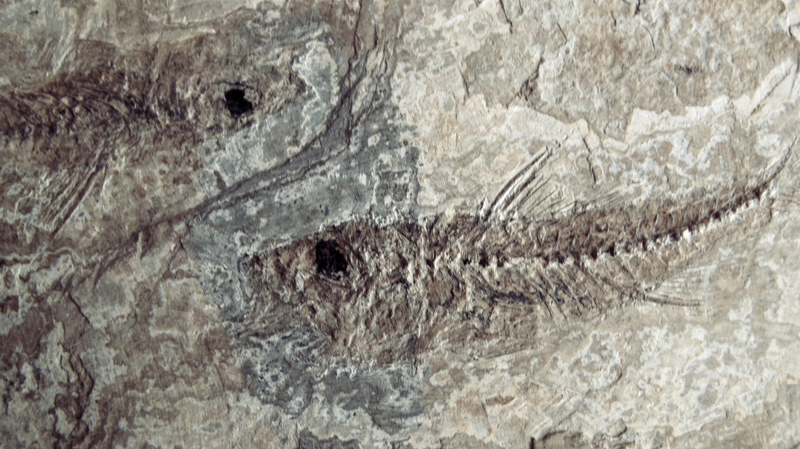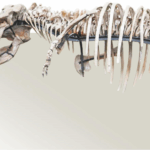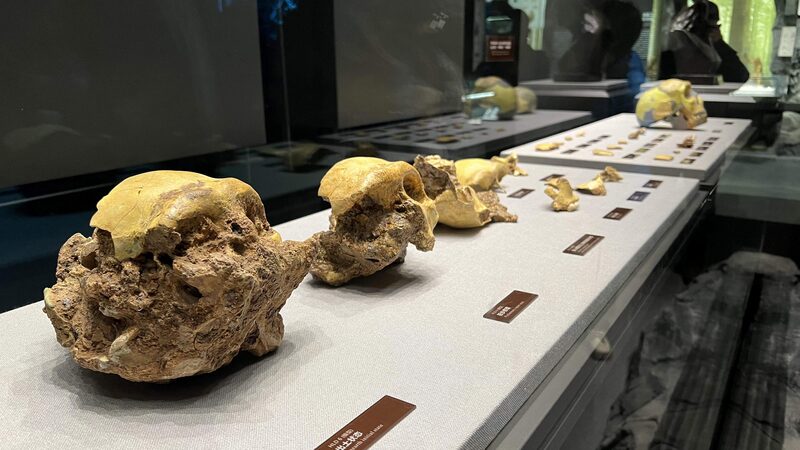Move over, cold cases—paleontologists just cracked a 400-million-year-old evolutionary puzzle! 🌏 A team of Chinese and Australian researchers uncovered fossils of the enigmatic Palaeospondylus in Australia—the first such discovery outside Scotland—revealing shocking new clues about this eel-like creature’s family tree. 🧬
From Fossil Chaos to Clear Answers
Imagine a fish so perplexing that scientists spent over a century arguing about its origins. Meet Palaeospondylus: a thumb-sized, jawless swimmer whose fossils were first found in 1890. Over 1,000 Scottish specimens later, it was still dubbed "one of the most mysterious early vertebrates." But cutting-edge tech—CT scans and 3D reconstruction—finally exposed its secrets. 💻🔬
Game-Changing Tech Rewrites History
The breakthrough? Stunningly preserved brain structures and mineralized tissues found in Australian fossils (dating to the Early Devonian epoch) gave researchers a virtual backstage pass to its anatomy. "This represents a huge improvement on our previous understanding," said a commentary in National Science Review, where the study was featured as a cover article. 📖
Shaking Up the Evolutionary Chart
Forget old theories that tied Palaeospondylus to early land animals. New 3D models of its brain cavity and nerve canals suggest it’s actually part of the cartilaginous fish lineage—think sharks and rays! 🦈 "This discovery rewires our understanding of vertebrate evolution," said Dr. Lu Jing, lead researcher from the Chinese Academy of Sciences. Plus, their new data-reconstruction method could revolutionize how fossils are analyzed worldwide. 🌐
Next time you see a fish, remember: even the tiniest creatures can outswim centuries of confusion! 🐠✨
Reference(s):
cgtn.com






